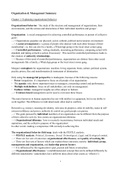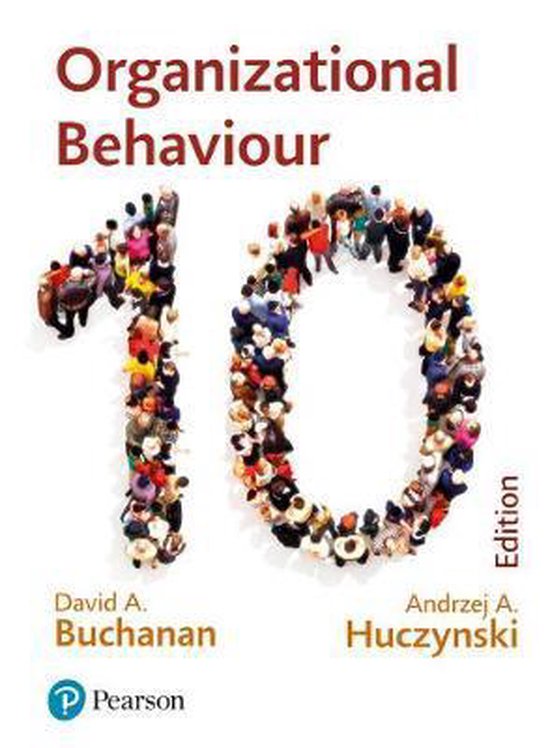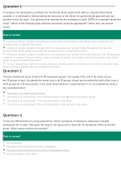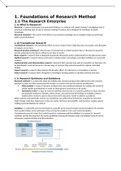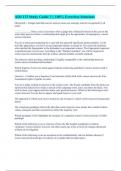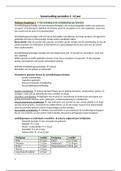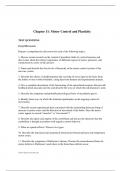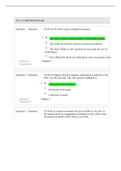Summary
Organisation and Management: Summary IBC
- Module
- Institution
- Book
Grade obtained: 7.6. Clear summary for the course Organisation & Management, used in the first year of IBC at Radboud University. It includes all chapters required for the exam. Good luck!
[Show more]
